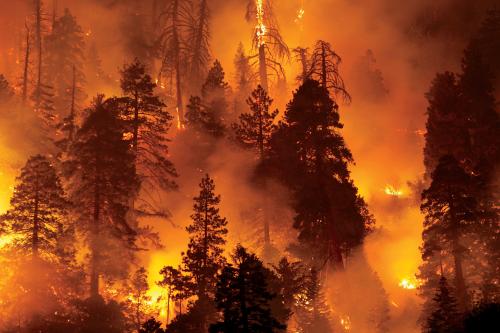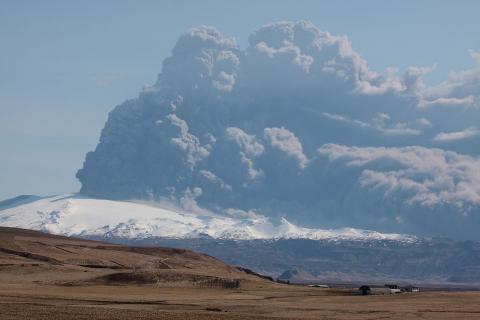Sulphur dioxide is produced by
Sulphur dioxide (SO2) enters the atmosphere as a results of both natural phenomena and anthropogenic activities, such as:
- fossil fuel combustion
- oxidation of organic materials in soils
- volcanic eruptions
- biomass burning
Coal burning is the single largest man-made source of sulphur dioxide, accounting for about 50% of annual global emissions, with oil burning accounting for a further 25 to 30%.
SO2 air pollution
Sulphur dioxide:
- reacts on the surface of a variety of airborne solid particles (aerosols)
- is soluble in water
- can be oxidised within airborne water droplets, producing sulphuric acid.
This acidic pollution can be transported by wind over many hundreds of kilometers, and is deposited as acid rain.
Changes in the abundance of SO2 have an impact on atmospheric chemistry and on the radiation balance, and hence on the climate. Consequently, global observations of SO2 are important for atmospheric and climate research.
Sulphur dioxide in troposphere and stratosphere
- The lifetime of sulphur dioxide molecules in the troposphere is a few days.
The amount is highly variable, above a low background concentration.
It is removed from the troposphere:
-- in gas phase by formation of sulphuric acid (H2SO4), which forms condensation nuclei for aerosols and clouds and acidifies the rain
-- directly, by way of an uptake on aerosols and clouds, which leads to dry and wet acid depositions. - The lifetime of sulphur dioxide molecules in the stratosphere, on the other hand, is several weeks.
During this time it produces sulphate aerosols.
This makes sulphur dioxide from volcanos one of the two most important sources of stratospheric aerosols.
Overlooking the Eyjafjallajökull glacier and the ongoing volcano eruption from Hvolsvöllur on April 17th, 2010. (Image credits: Henrik Thorburn)



